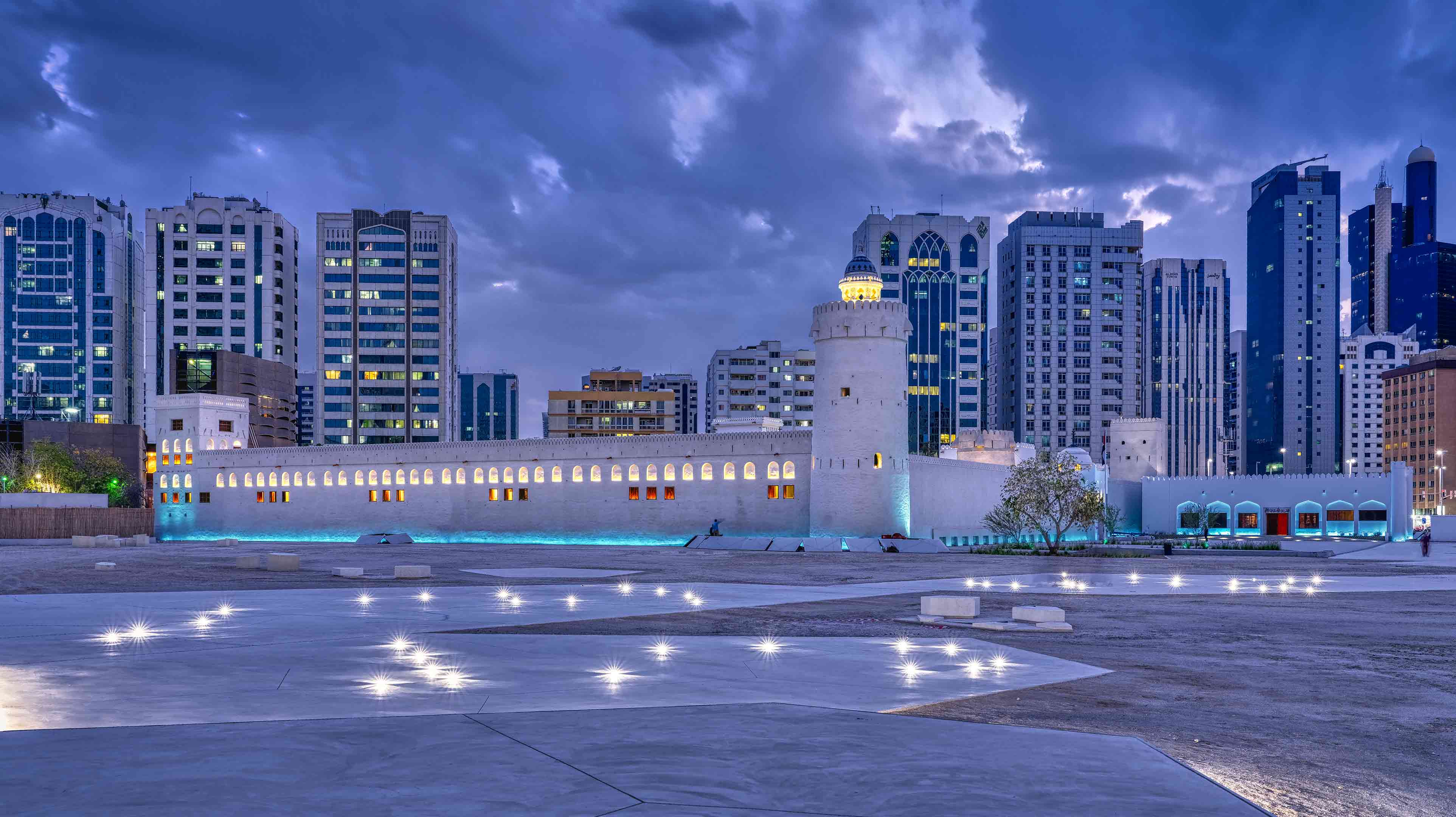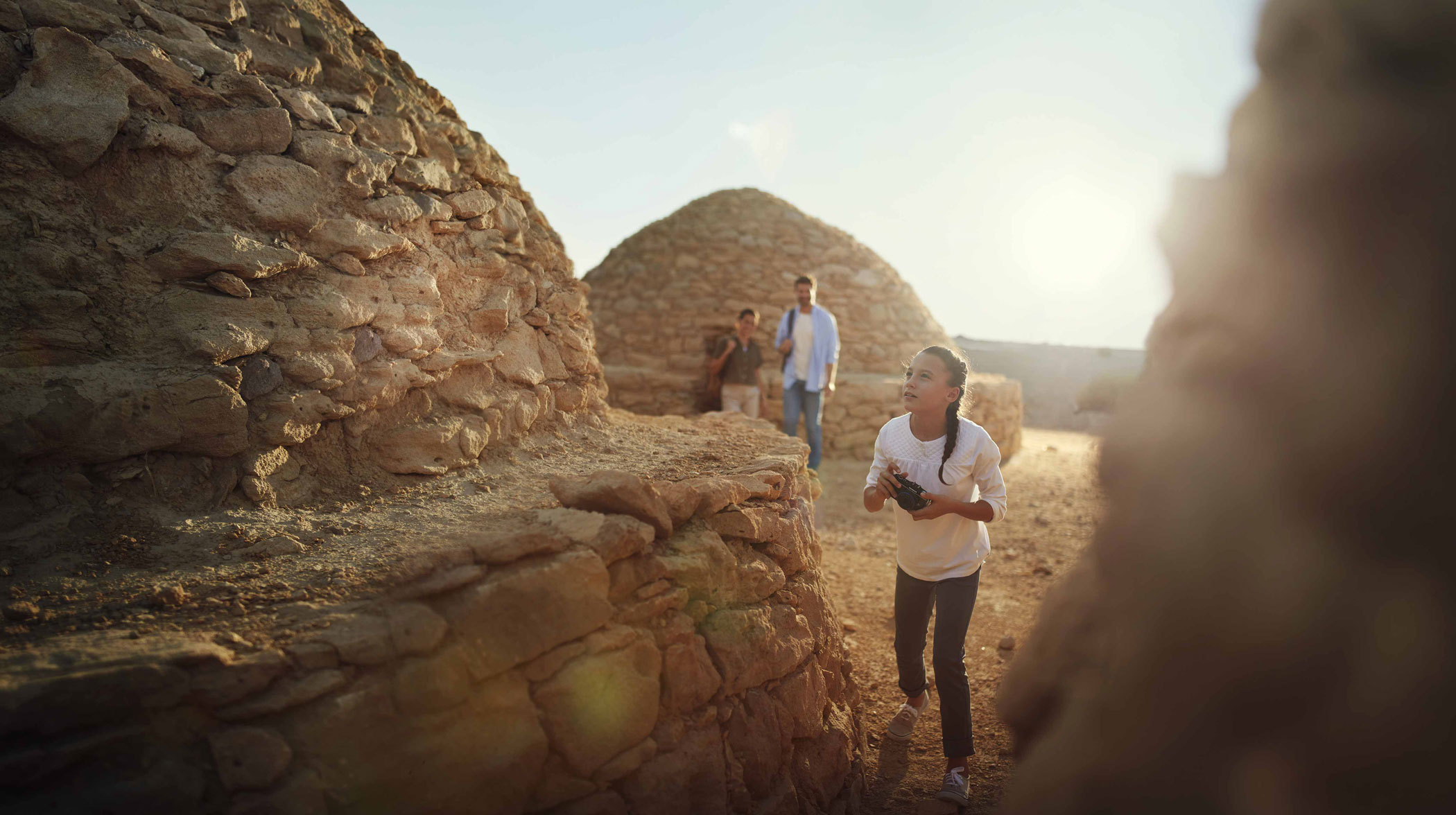Abu Dhabi's documented history dates to the Bronze Age, with evidence of historical civilisations that settled in or moved through the region. Forts, tombs and other artefacts have outlined the tracks of the Bedouin traders who traversed the incense trails of the famous Silk Road. The Bedouin are desert nomads who were accustomed to the harsh terrain and were suited to trading. For two millennia, camel caravans moved commodities across the Arabian desert to China, Europe, Asia and Africa.
In the 1700s, Bani Yas tribes settled in Abu Dhabi, meaning 'Land of the gazelle' in Arabic. Folklore says the UAE capital was founded when a deer led a wandering tribe to fresh water on an island with just 300 Barasti (palm frond) huts, some coral buildings and the Ruler's fort. This tribe included the current ruling Al Nahyan family. The settlers worked with their environment, becoming master seafarers and pearl divers.
Discover the wonders of this old city. Abu Dhabi's rich heritage and time-honoured traditions await!
















.png?rev=fa2bc025b26e4360b0af001b680aa459)











